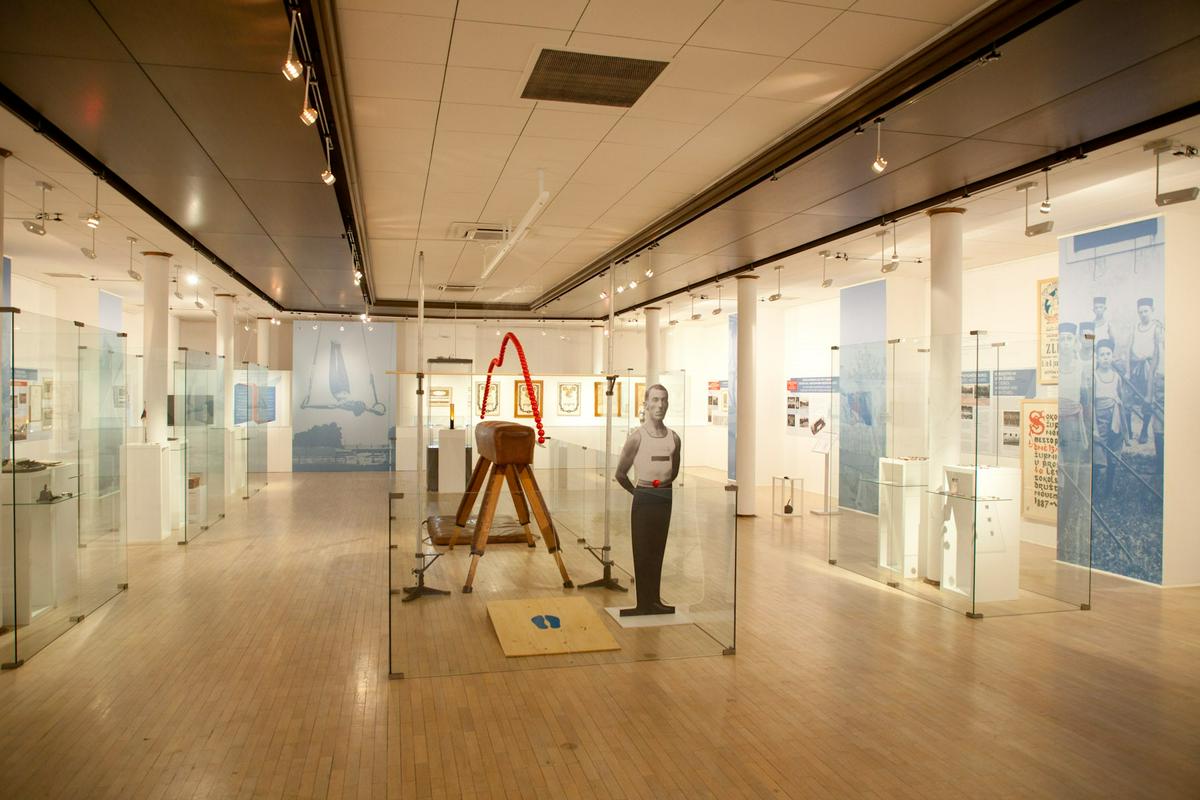
“This is now the fourth exhibition on Štukelj, Novo mesto believes he is ours because he mentioned at his 95th birthday that Novo mesto will always be his hometown. The ceremony on the occasion of the 100th anniversary and the 95th one were also in Novo mesto,” said the co-exhibitor of the 120 years of Leon exhibition, which will be on display for exactly one year, and after that, it will become a temporary exhibition.
The exhibition shows an insight into his rich and long life since he had lived for 100 years. He died three days before his 101st birthday. An overview of his sporting activity and his personal life are presented at this exhibition. One part of the show is dedicated to the Sokol organization in Slovenia and Novo mesto. “Novo mesto is striving to have at least a permanent exhibition on Leon Štukelj. The exhibition is already a step in this direction,” explained the curator of the Museum of Dolenjska. The museum worked with the family of the great Olympian while they were collecting material and his family generously opened their archives. Most of the material is owned by the Pauko family. Štukelj had a daughter Lidija (Pauko), who is the owner of his legacy, which is now on display at the exhibition.
Štukelj was also a passionate collector
The biggest challenge while setting up the exhibition was the amount of material, because as our co-speaker says, usually there is not a lot of it. “There was a lot of materials, a lot of pictures, and plenty of objects, Štukelj was also a collector, he was collecting badges of the Sokol organization, ribbons, and signatures from athletes from all over the world. He was also collecting letters because he corresponded with athletes from around the world. On his 100th birthday, he received a number of birthday cards from everywhere, and he also received various gifts from celebrities.” Among the exhibited items is also his paper knife, which was given to him by the former US President Bill Clinton, and also gifts from the president of International Olympic Committee Juan Antonio Samaranch. “The bigger challenge was to create an exhibition that would show Štukelj and his many aspects, but still retain the main theme of the show, so that visitors would not get confused,” said Pungerčar.

































































